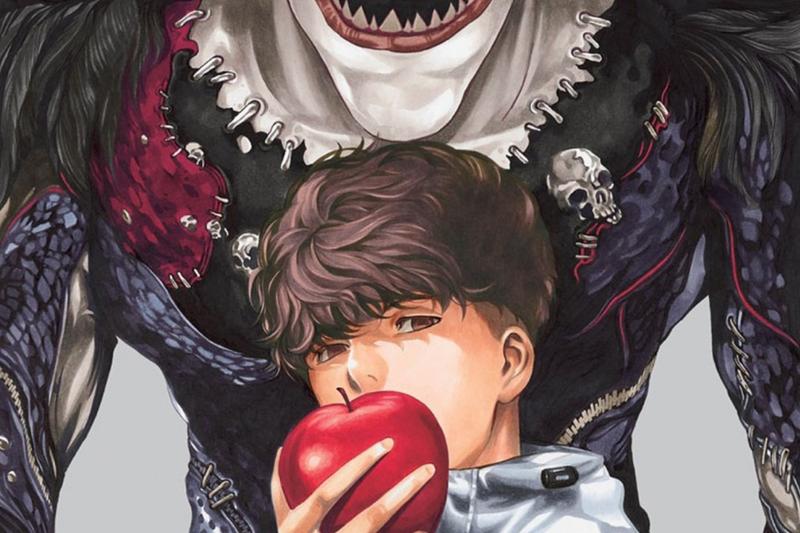
Is the new Death Note one-shot a worthy sequel to the original series?
The 12-issue manga “Death Note” by Tsugumi Ohba ended over 10 years ago but its legacy is still going strong. The series follows ambitious high school student Light Yagami who decides to rid the world of evil when he finds a notebook with the power to kill people. He strives to become the God of a new world, one that is without crime. He takes on the name Kira and enforces his justice across the world.
The horror manga tells a dark tale about crime, punishment, and humanity. Asking philosophical questions about good and evil that sparked numerous debates during its original run. The moral of “Death Note” is that no one person should have the power to pass the final judgment on another.
Outside of the manga, “Death Note” is also an anime TV series, a short-lived live-action series and the basis for six film adaptations. It’s also a surprisingly good musical. The series ended in 2006 but has returned with a special one-shot.
A new Kira for a new world
10 years after the events of Kira, the Shinigami Ryuk returns to the human world for another round of entertainment. He actually just wants someone to feed him more apples because he’s a junkie. He ends up giving the Death Note to a new boy named Minoru Tanaka, a middle-school student as intelligent as Light, though not nearly as ambitious.
One downside to introducing such a character in a limited format is that it’s impossible to properly connect with him. We only have 88 pages to get to know Minoru, however, the story is very clever in its portrayal of him.
Crime will adapt
Minoru is, in every way, a modern teenager raised by television and the internet. He becomes the new Kira but doesn’t see the Note the same way his predecessor did. He doesn’t want power or justice, he just wants easy money and decides to sell the Death Note!
Even Ryuk is shocked by this move, although to be fair Ryuk is often shocked by everything.
The one-shot acknowledges how the original Kira’s plans wouldn’t work now because of surveillance. The whole world is being watched, and just as crime adapts to every new advancement, Minoru adapts his handling of the Death Note. He uses the internet’s greatest weapon, Twitter, to his advantage and sets up a bidding war between countries. Whoever bids the highest number gets the most dangerous weapon in the world.
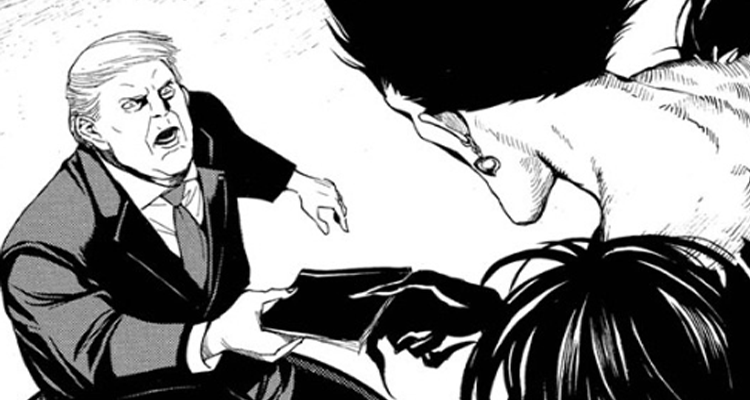
Donald Trump officially exists in the Death Note universe
There is a dangerous situation being exposed in this one-shot. It’s an 88-page allegory about the greed of already ruling nations.
In the end, it’s the United States that wins the bid, and guess who’s president? Donald Trump! Trump’s name is never outright spoken but it’s clearly meant to be him. A bloated man in a suit with a bad comb-over that throws money around like he’s living in a Monopoly game. Ohba uses this time to bluntly write out his personal opinions about Trump and other world leaders, including the General Secretary of China, Xi Jinping. It’s not pretty.
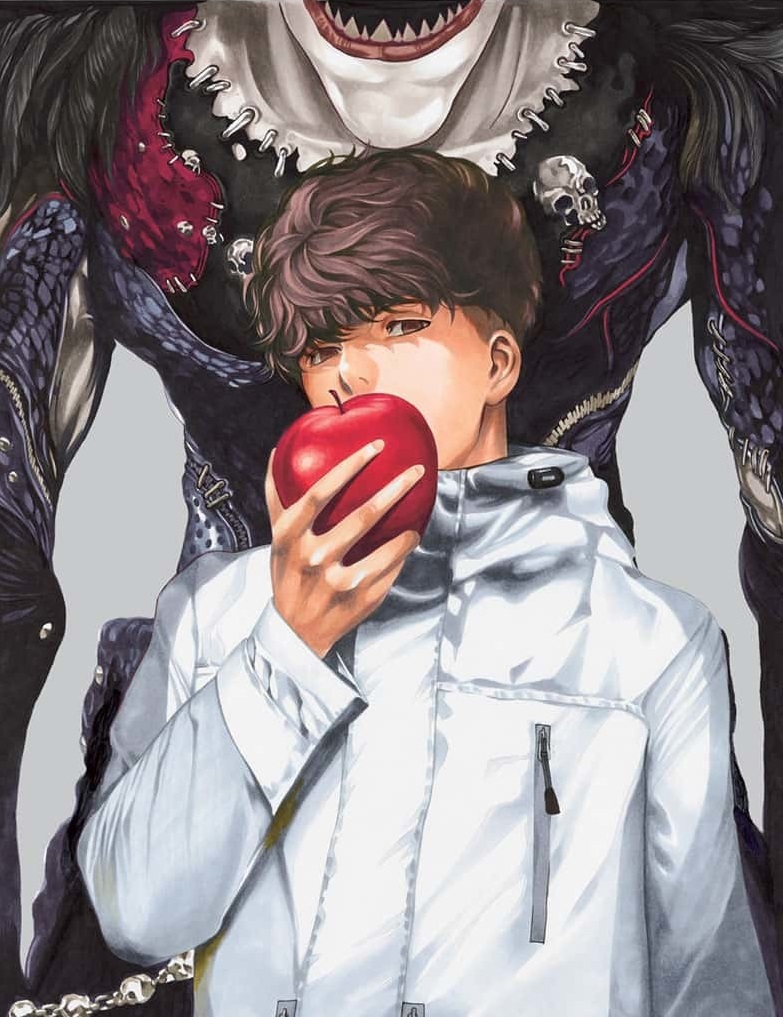
Near continues to be a wasted character
There are several callbacks to the original series including surprise appearances from old characters such as Matsuda, Aizawa, and of course, Near a.k.a. Nate Rivers. Unfortunately, I feel that Near is a weak spot in the issue.
Now living as the new L, he briefly takes on the new Kira case when the bidding war starts, but then drops it just days later when he admits defeat. At first glance, it seems as if Near’s there for pure nostalgia reasons. An attempt to resurrect the L vs. Kira dynamic despite the fact that Near and Minoru have absolutely no interaction.
Although his presence is most likely an attempt to show the difficulty in stopping the selling and purchasing of weapons of mass destruction. The sale happens in secret and the buyer is rarely an individual, but instead a group or nation. If Near is the cop in the scenario and the countries publically bidding are the criminals, how exactly could he stop it?
At one point he makes the claim that he can’t confiscate the notebook because he’s an American citizen. The police can’t arrest their own government for purchasing war tanks. I believe this is the purpose of Near in the one-shot, but it feels almost pointless. He doesn’t get to do anything.
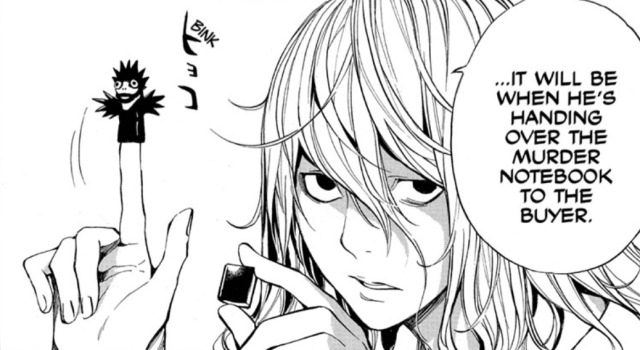
I’ve always thought that Near was one of the more underdeveloped characters in the series. He first appeared alongside Mello in “Death Note: Zero”, as one of L’s two successors. They represented the two halves of L’s personality; Near as his analytical side and Mello as his emotional side.
However, once he’s alone Near seemed to a somewhat deficient character. For me, he just couldn’t live up to L and was almost tedious when compared to Mello. This was a chance to finally show his strengths as a character, but it never happened.
Verdict
Overall, the one-shot brings us back to the world of “Death Note” but doesn’t fall completely back into the past. The story has aged but it’s aged well. It’s enjoyable but also reads like a slap to the face because of how realistic it is. The notebook is fake of course, but it can easily be a stand-in for an actual weapon of war.
You can read it for free here.
 (4 / 5)
(4 / 5)
Book Reviews
A Stellar Debut Novel, We Used To Live Here
Imagine this. You’re home alone, waiting for your partner to return, when you hear a knock on your door. You answer it to see a family of five, bundled up against the cold. The father, a kindly older gentleman, explains that he used to live in this house as a boy. And he would love to show it to his family.
Do not let them in.
The story
Released in June 2024, We Used To Live Here is author Marcus Kliewer’s debut novel. It tells the story of Eve, who just purchased a beautiful house with her partner, Charlie. Their plan is to flip the house and sell it.
One night, while waiting for Charlie to come home, Eve is surprised by a knock at the door. It’s a man named Thomas Faust and his family.
Thomas explains that he grew up in the house and hasn’t been in the area in years. Would Eve let them in so that he can show the home to his children?
Against her better judgment, Eve lets them in. She regrets this almost at once when Thomas’s daughter vanishes somewhere into the house.
What worked
I always appreciate a book that allows you to play along with the mystery. And this book does that better than just about any other I’ve seen.
Pay close attention to the chapters, to the words that aren’t there. To everything about this novel.
This is mostly down to Kliewer. This is ultimately his work of art. But the production value is also fantastic. I don’t want to ruin the multiple mysteries, so I’ll just say this. There are clues in this book that require some specific artistic choices in the page layouts in this book. And I loved that.
If you’d like to experience another horror book review, check out this one.
We Used To Live Here is also the kind of story that makes you question everything right along with the main character, Eve. Eve is a great main character. But she might be an unreliable narrator. She might be experiencing every single horror described, exactly as it’s described. Or, she might be having a psychotic breakdown. Through most of the book, we can’t be sure. And that is so much fun.
Finally, the weather plays a large part in this story. There are several stories in which the weather or the land itself could be considered a character. Even an antagonist. This is certainly one. The winter storm is the thing that traps the family in the house with Eve. It also makes escaping the home difficult. Reading this book during the winter was especially impactful. Most of us know what it feels like to be shut in by a storm. I’ve personally lived through some of those storms that are just referred to by their year, as though they were impactful enough to claim the whole 365 days for themself. And that was with people I liked. Imagine what it would feel like with strangers. It’s a staggering thought and one that we explore in depth in this book.
In the end, We Used To Live Here is a fantastic book. It’s the sort of story that sneaks into your brain and puts down roots. And if this is just the first book we’re getting from Kliewer, I can’t wait to see what else he comes up with.
 (5 / 5)
(5 / 5)
Book Reviews
Exploring real terror with The House of My Mother
As a disclaimer, this is a review of The House of My Mother from a critical perspective. I will not be discussing my opinions of the legal case against Ruby Franke and Jody Hildebrandt. I will be discussing the merits of the book as a work of true crime alone.
In 2015, Ruby Franke started a YouTube channel called 8 Passengers. In August of 2023, Franke and her business associate Jodi Hildebrandt were arrested for, and later plead guilty to, charges of aggravated child abuse. And in January of this year, Shari Franke told her story in The House of My Mother.
The story
The House of My Mother is the true story of Shari Franke, the oldest child of one of the most famous family vlogger families.
As a child, Shari came to the conclusion that her mother didn’t like her. Soon, she began to fear her mother’s anger.
Things got significantly worse when Ruby started their family vlog. All of the families most intimate moments were splashed across the internet for anyone to watch. This became a living nightmare for Shari.
Of course, that was only the start of the family nightmare. Because Ruby was about to meet someone who would reinforce all of the darkest parts of herself.
Eventually Shari manages to escape her home. But her younger siblings were still in her mother’s clutches. She had to save them, and her father, from the monster her mother had become.
What worked
Through the book, Shari only ever mentions the name of one of her siblings, Chad. This is because Chad is the only of her siblings that is an adult at the time of the publication.
There are children involved in this story. Children who’s lives and privacy have already been damaged. Shari didn’t want to do that to them again, and neither do I.
It probably won’t surprise you that this book is full of upsetting details. But not in the way you might imagine.
Nowhere in this book will you find gory details about the abuse the Franke kids suffered. And I consider that a good thing. Those sort of details are all fun and games when we’re talking fiction. When it’s real kids who are really living with the damage, it’s not a good time.
What you’ll find instead is a slew of more emotionally devastating moments. One that stuck with me is when Ruby’s mother gives her a pair of silk pajamas as a gift after Ruby gave birth to one of her babies. Shari asks Ruby if she’d bring her silk pajamas when she had a baby. Ruby responds that yes, when Shari becomes a mother they can be friends.
What a lovely way to make a little girl feel like she’s not worth anything unless she reproduces. And, if she does decide to have children, who is going to bring her silk pajamas?
In the end, this isn’t a story about ghosts or demons. It’s not about a serial killer waiting on a playground or in the attic of an unsuspecting family. Instead, this is a story about things that really keep us up at night. It’s the story of a woman so obsessed with perfection that she drove away her eldest daughter. The story of a young woman who’s forced to watch from afar as her beloved brothers and sisters are terrorized and abandoned. These are the sorts of things that really keep us up at night. These are the real nightmares.
More than that, though, The House of My Mother is a story of survival. It’s about a family that was ripped apart and somehow managed to stitch itself back together again. It’s about a brave young woman who managed to keep herself safe and sane in the face of a nightmare. If you haven’t read it yet, I can’t recommend it enough.
For more like this, check out my review of Shiny Happy People.
 (5 / 5)
(5 / 5)
Book Reviews
Book Review of Boreal: an Anthology of Taiga Horror
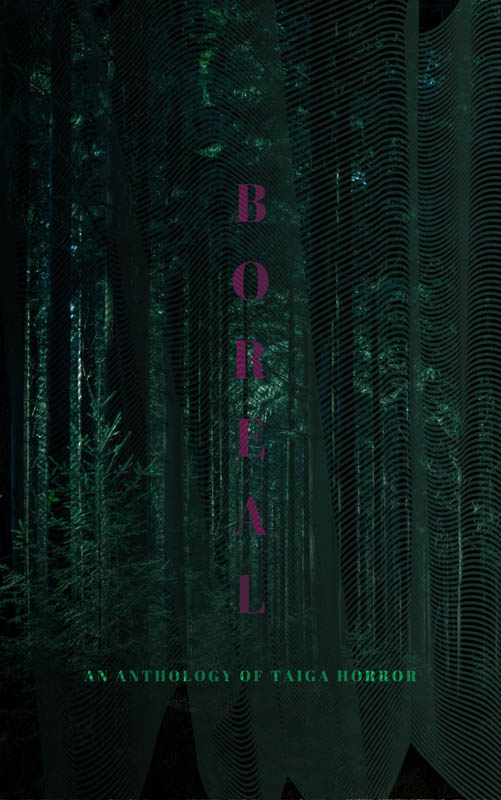
Boreal: an Anthology of Taiga Horror is a collection of twenty-two haunting tales that dwell in the deepest darkest woods and frozen wastelands, edited by Katherine Silva and including Haunted MTL’s very own Daphne Fauber. Each story has even been gifted with its very own poster, hinting at the horrors to be found within it, bestowing a beautiful visual collection as well.
The tales are varied and touch upon the environment in new and different ways, each hearkening to a sort of epiphany or raised awareness. These stories exude both dread and wonder at the smallness of our human existence in contrast to the sacred world we have isolated from, sheltering ourselves in our comfortable houses with centralized heat and everything we could possibly need or want at the ready. The taiga becomes a sanctuary outside of our own dulled awarenesses. It is a holy place imbued with powers beyond mortal human reach, a wilderness that threatens to swallow us – both whole and bit by bit, simultaneously.
The protagonists enter into this realm through ritual, superstition, longing, stubbornness, and their own hubris – yearning to survive its dangers, and to make their own marks upon it. The starkness of their surroundings harbors delicate moments that would be all too easily missed if not deliberately sought or pointed out. The softness of fur, the dappled sunlight shining through trees, the hazy clouds of breath forming in crisp air, the brittleness of bleached bone… those quiet experiences that beg to be forgotten, to lay safely sleeping just below the frozen surface, awaiting spring.
There are those who followed in the footsteps of their predecessors, seeking to escape the constraints of their parent’s and elders’ indoctrination, traditions, madness, and abuse, yearning to find their own way despite also being inextricably bound to their own pasts. There are those who just wanted to go for a walk in the woods, and remained forever changed by what they experienced. There are those who wished to impose their will upon the wilderness, their order falling to disarray, unable to make lasting impact. There are those who sought to leave behind the world of mankind, looking for oneness in the natural order of things through isolation, leaving a bit of themselves behind after being consumed by the terrors they encountered. There are those who truly found communion with the woods, became one with its wildness, and invited its spirit into their hearts to find peace, even at cost of their own lives. And then, there are the spirits themselves…
 (3 / 5)
(3 / 5)
All in all, I give Boreal: an Anthology of Taiga Horror 3.0 Cthulhus. I love existential angst so I found it to be an enjoyable read, and I appreciated the myriad manners in which the biome was explored. But there were points in which I found myself struggling to follow along, as if the words were swept up into their own wilds in ways that alienated myself as reader, as if my mere voyeurism into this otherworldly place was not enough to comprehend the subtle deviations in storytelling mannerisms fully. I suppose in some sense this seems appropriate, but at the same time, it left me feeling a bit unfulfilled, as if I had missed a spiritual connection that should have resonated more deeply.

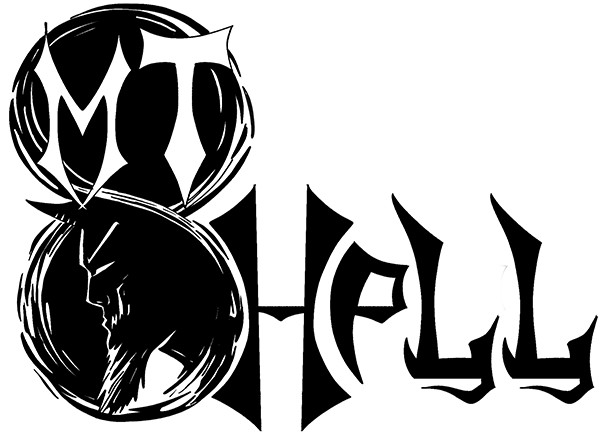
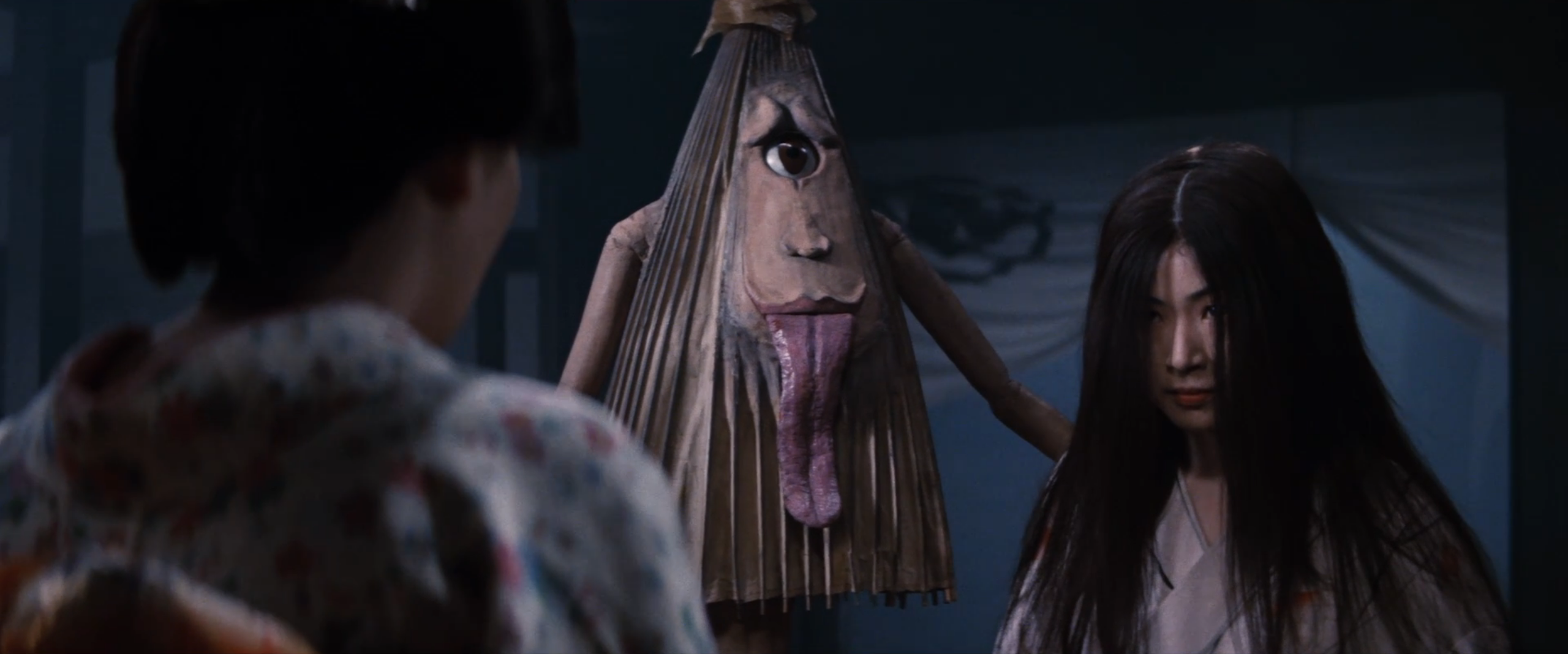
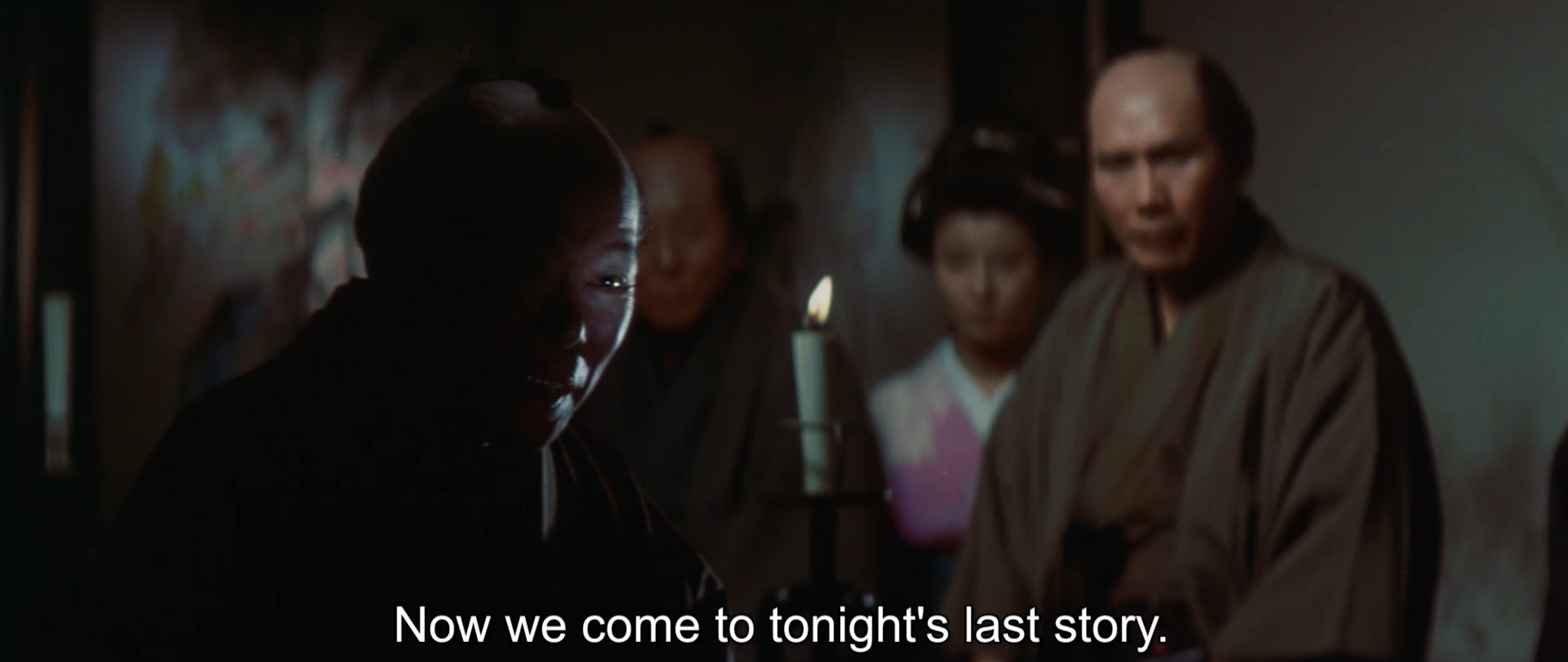

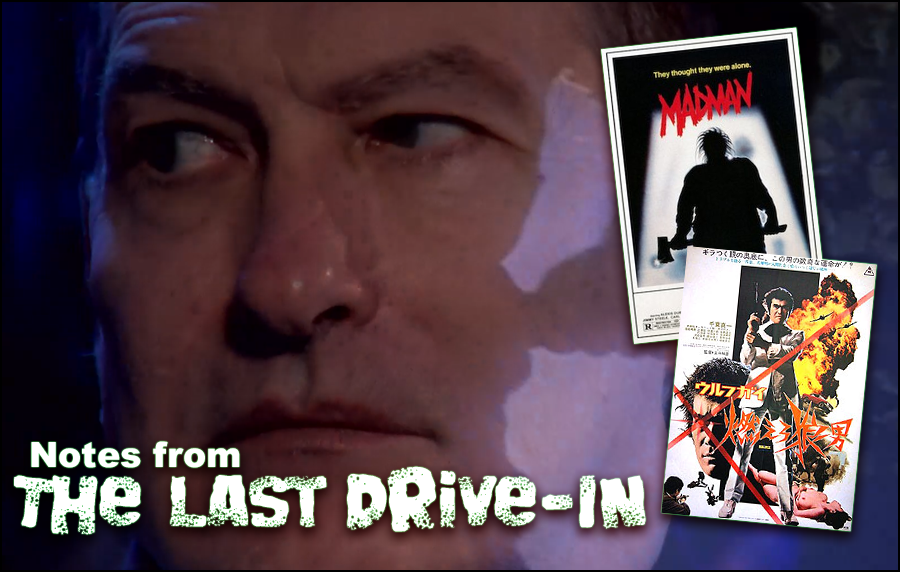
David Davis
February 6, 2020 at 1:13 am
This is a really good review. 😀